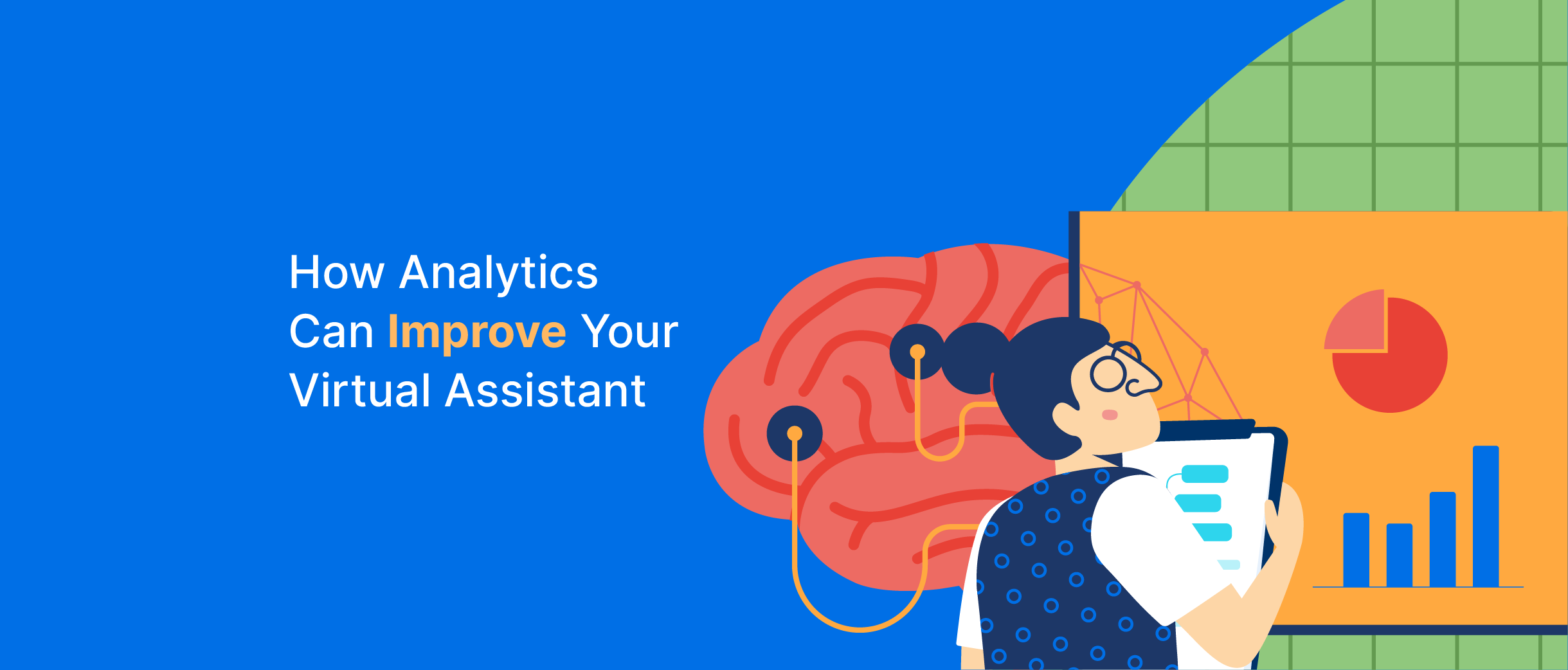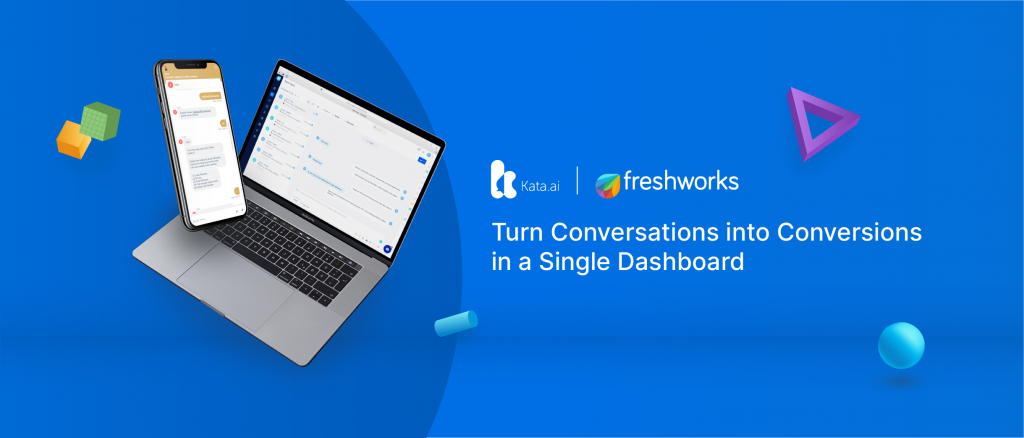A virtual assistant for customer service has become a new solution for businesses. This kind of technology can streamline customer service operations, solve customer’s needs immediately, and help customers find the right product or service based on their preferences. However, merely automating business operations with a virtual assistant is not enough, a virtual assistant is not something that we can just set and forget, it is also about continually fine-tuning to achieve business goals.
A simple way to judge its efficacy is through data analytics, which can help businesses measure performance with a predefined objective. That is why, a few times ago, we released the Analytics feature on the Kata Platform to help businesses to analyze and improve their virtual assistant performance based on real data.
While the Analytics feature determines your virtual assistant's success, it can also provide more valuable insights into customers' behavior and how they interact with your business. Leveraging troves of customer data will allow you to craft business growth and retention strategies that are tailored to customers' needs to provide a better customer experience.
In addition to that, analytics for virtual assistants can tell you if your virtual assistant is doing great or not. If customers are getting lost during the conversation; if customers are coming back to your virtual assistant or not; and most important it can show you where and how you can improve it. In the end, you need to be sure if your virtual assistant is facilitating something to customers that are using it.

To help you have a better understanding of the Analytics feature on the Kata Platform, here are some benefits that you will get when using those features:
1. Track the number of active users, sessions, and incoming messages
In Kata Platform Analytics, you can see how many active users interact with your virtual assistant, the average number of messages sent to your virtual assistant that show the trend in the length of a typical chat, and the effectiveness of your virtual assistant in providing solutions to customers.
2. Find out when your customers are the most active
With this feature, you can discover the busiest period and find out when your customers are the most active. Also, understand what the average engagement in the chat is.
3. Review popular topics and interactions
If you are implementing virtual assistants to deliver excellent customer support, it is crucial to measure popular topics and analyze how far your customers are satisfied after interacting with your virtual assistant.
4. Analyze conversations for crafting growth strategies
You can analyze customers' preferences based on their conversation history, learn from mistakes, and redefine the flow of conversation because the conversation is one of the most natural interactions a person can have with business, making sure to create a delightful experience.
In conclusion, while designing a virtual assistant, the critical practice to be followed is to outline the end goal. When you evaluate your virtual assistant performance and experiences, you need to focus on optimizing your virtual assistant based on business goals in which you can drive your customers to your desired outcome. If you need more insights related to conversation data in your virtual assistant, try Analytics in the Kata Platform here.


















